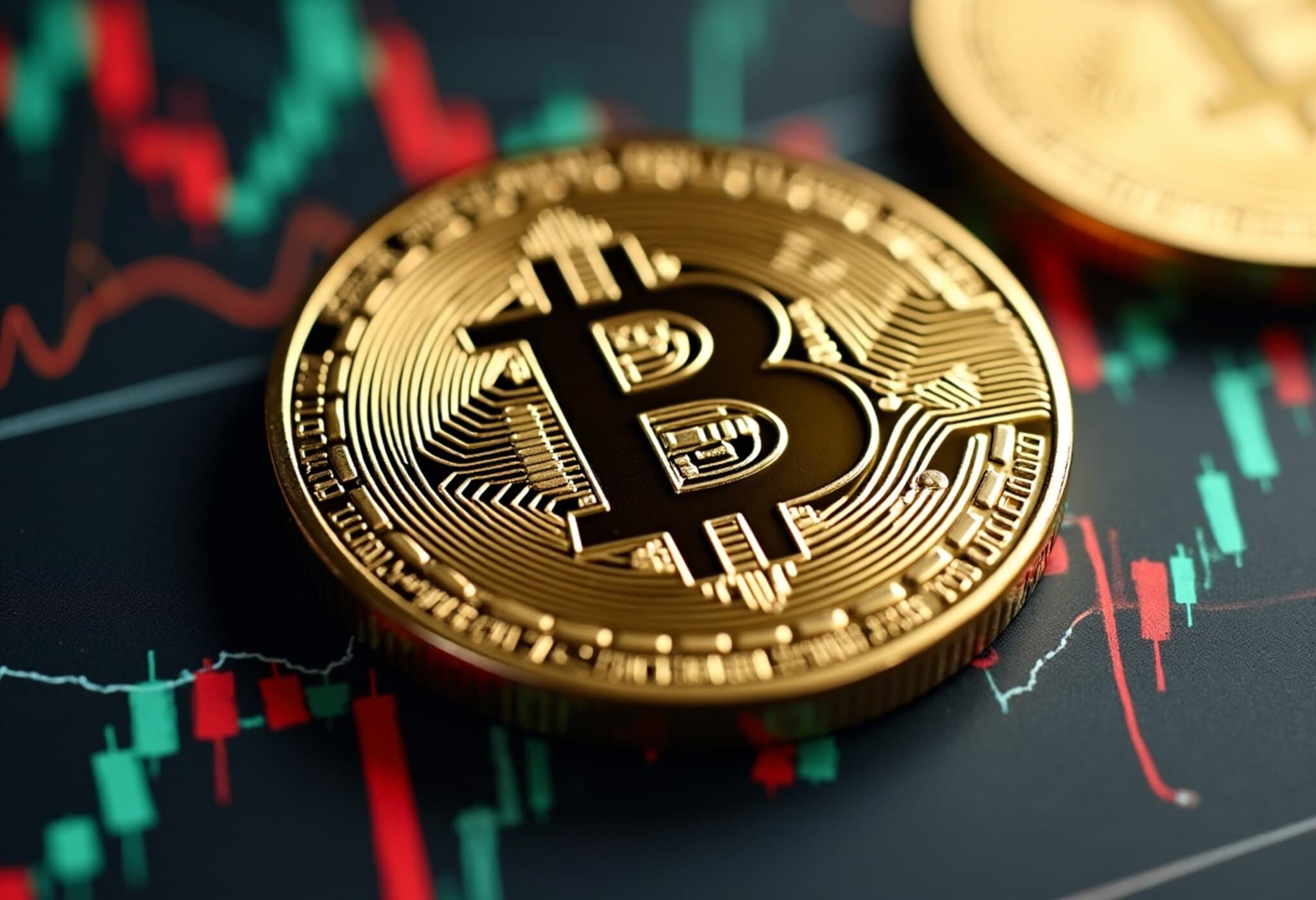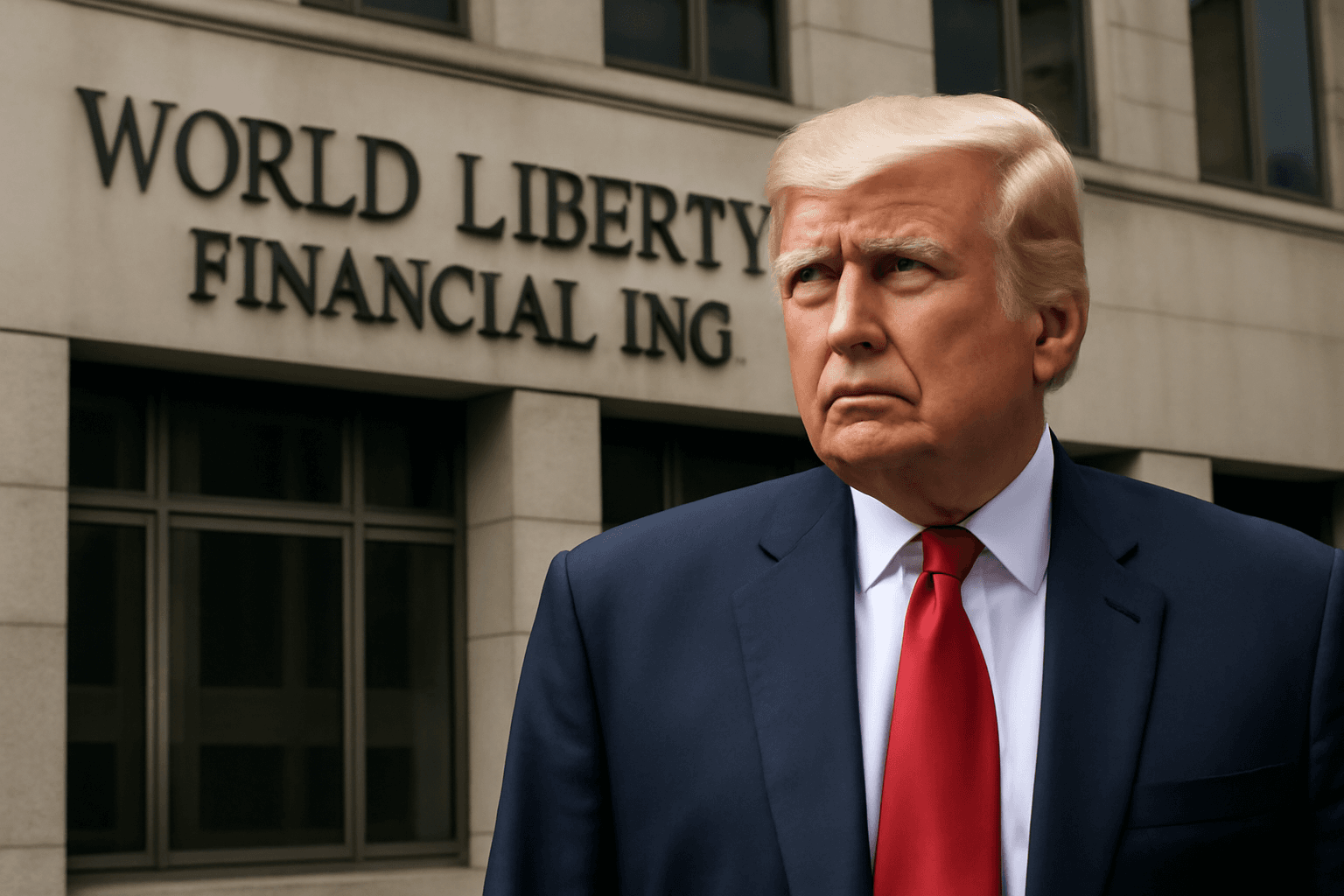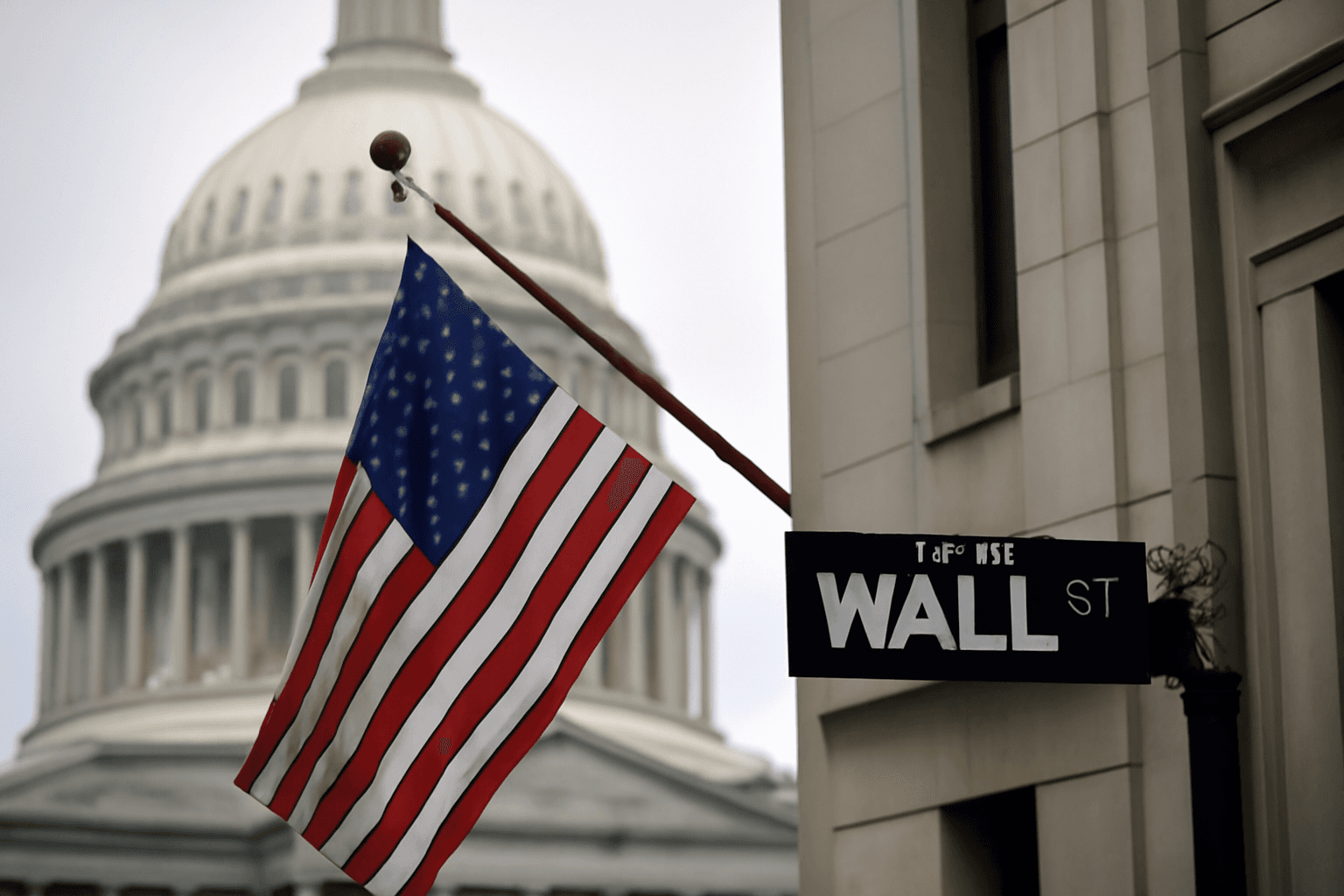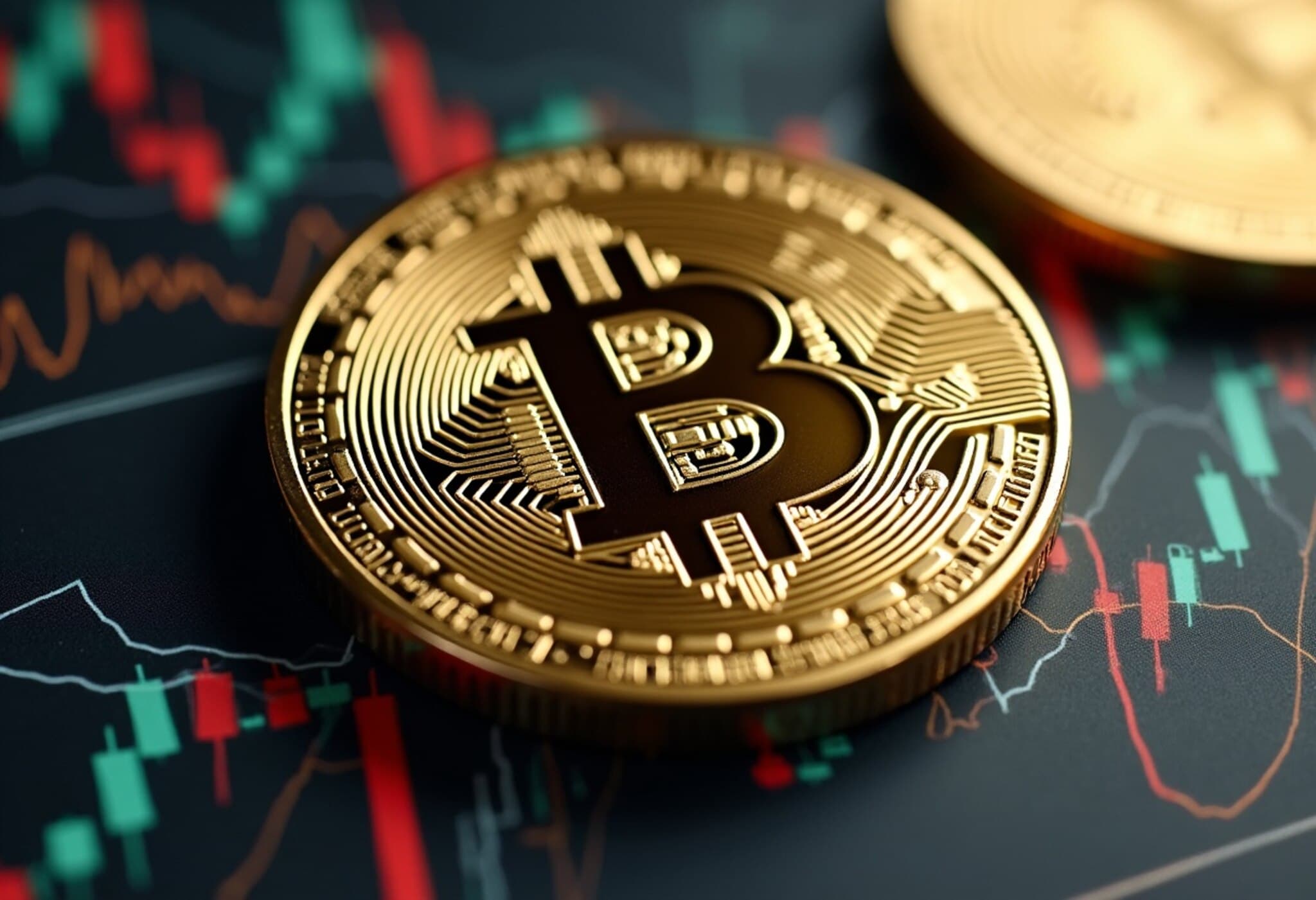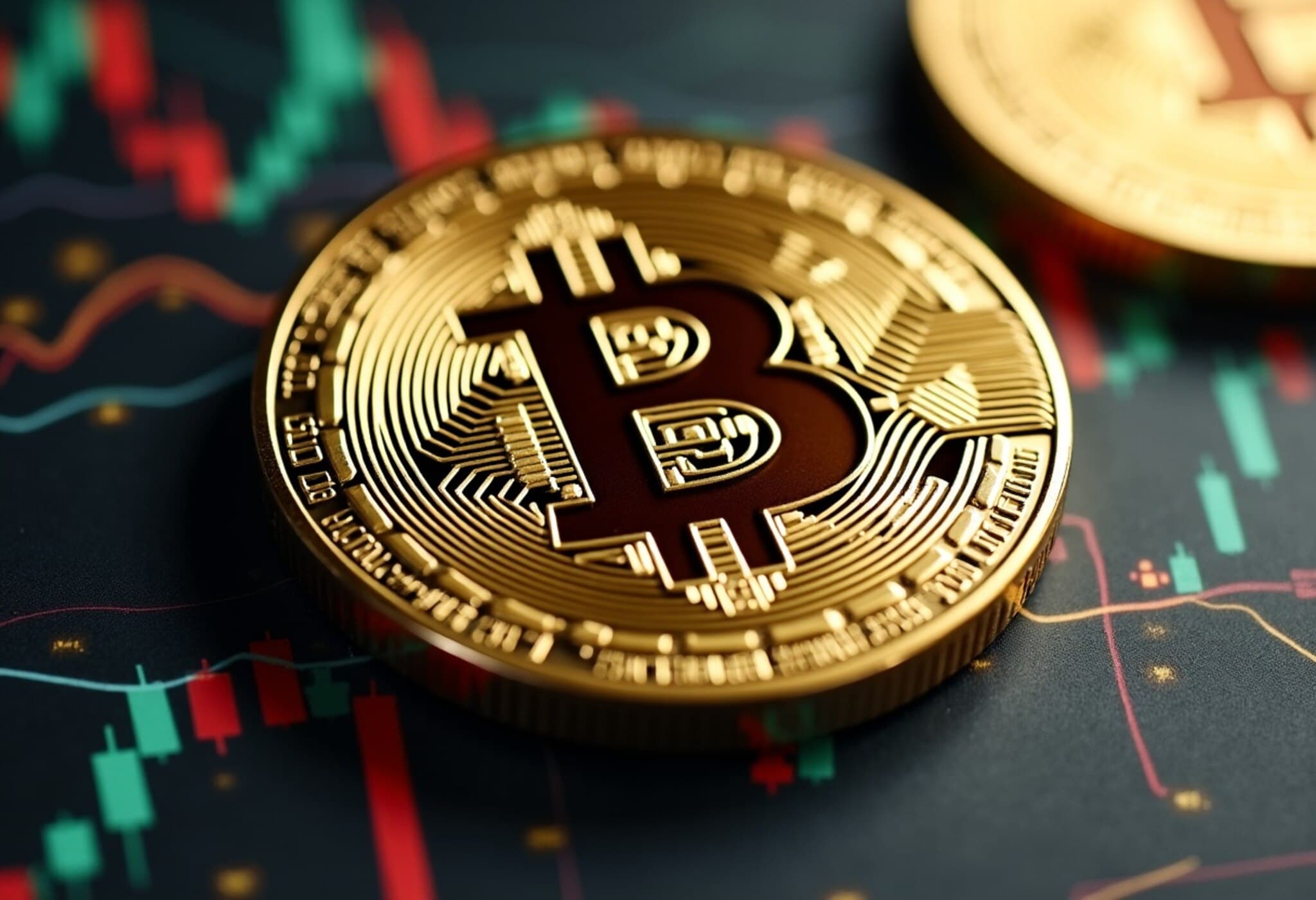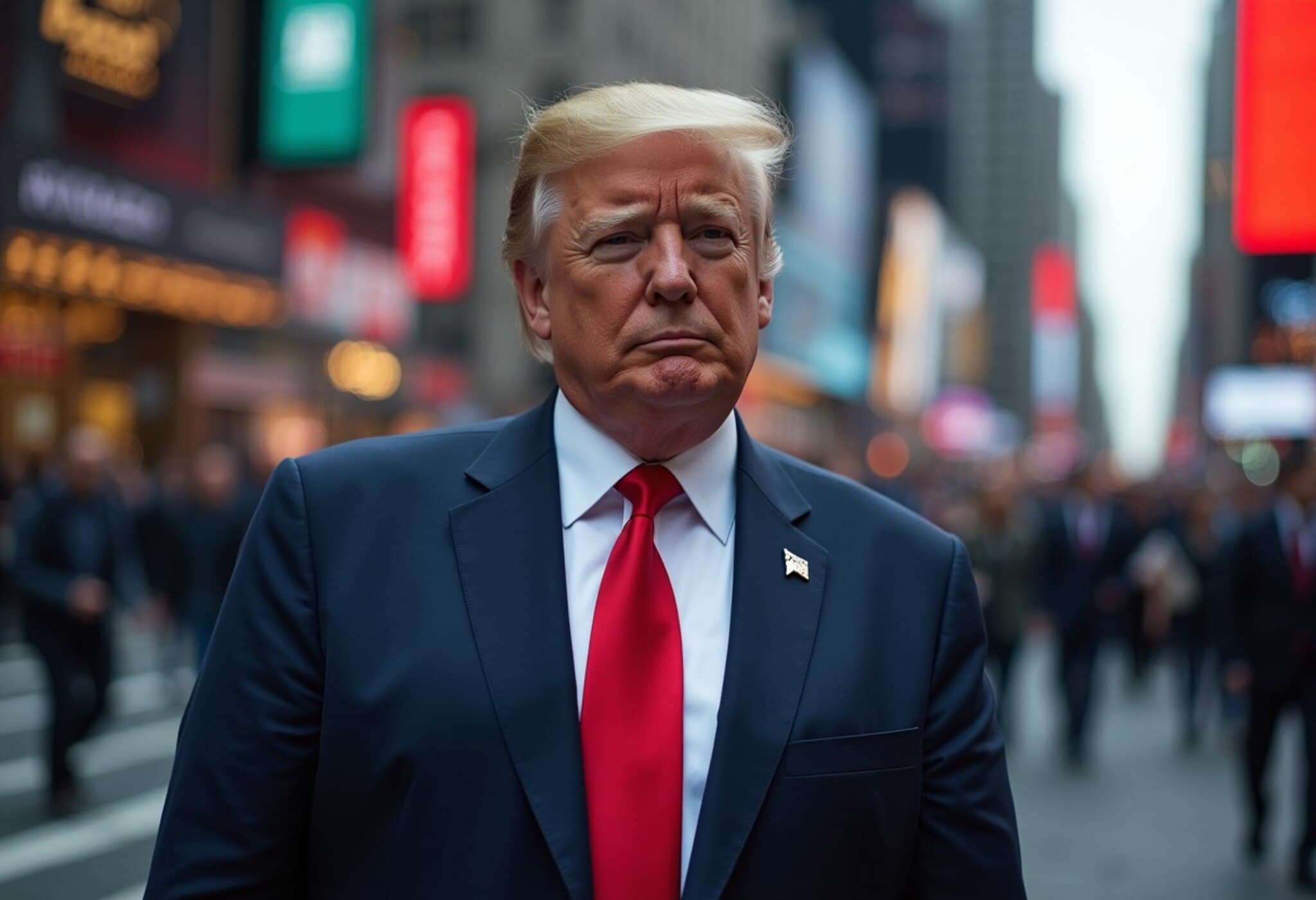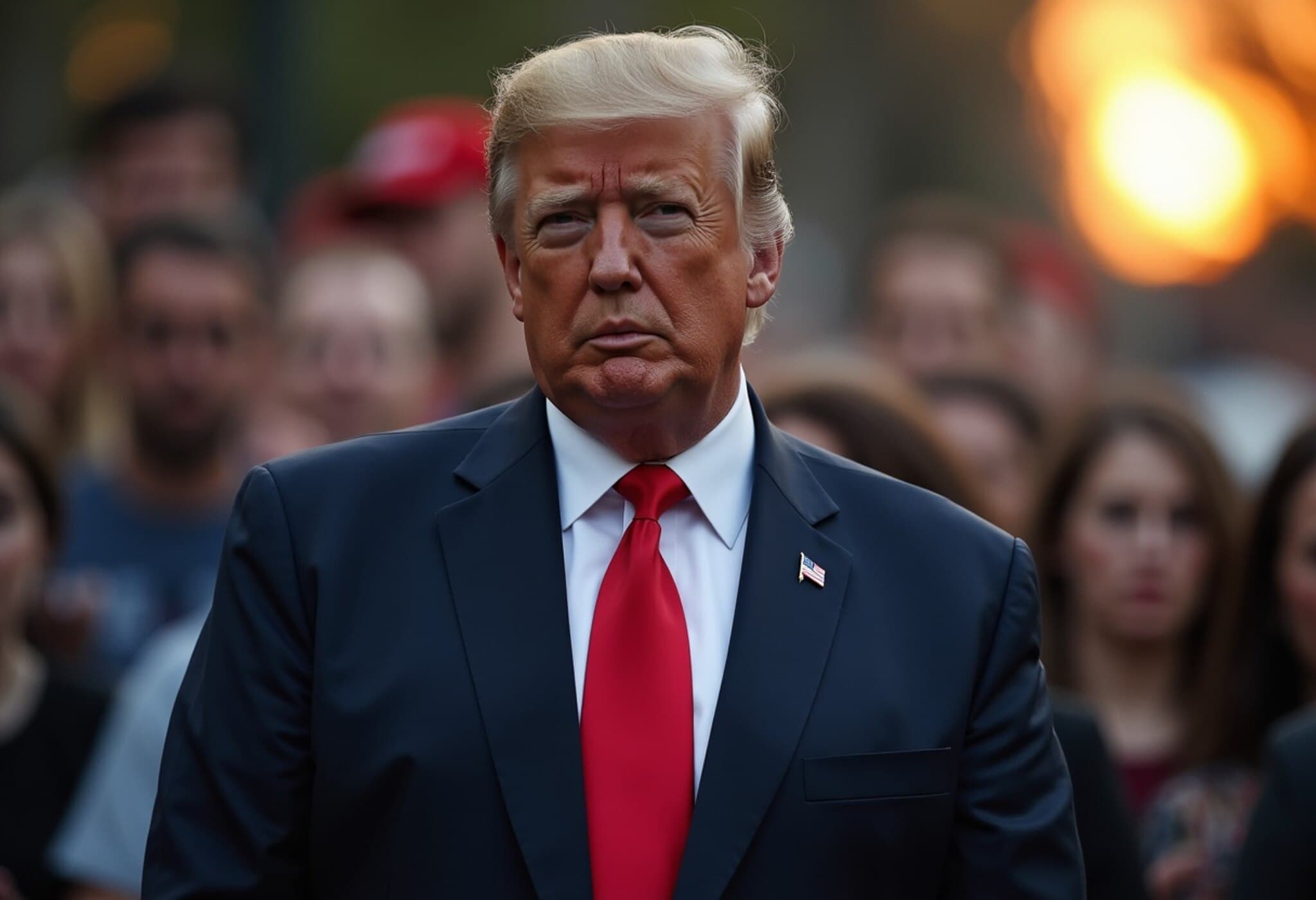Bitcoin's Meteoric Rise: What’s Driving This Surge?
Bitcoin, the world's largest and most iconic cryptocurrency, has captivated investors' attention once again. As of July 15, 2025, bitcoin trades around $116,000, marking nearly a twofold increase compared to its value one year ago. This surge follows a brief but historic run that propelled bitcoin past an unprecedented high of $123,000.
From Retail Frenzy to Wall Street Muscle
Unlike the speculative manias that fueled bitcoin's earlier spikes, this latest surge is underpinned by solid, structural demand and an impressive wave of institutional adoption. The narrative has shifted from casual retail enthusiasm to serious macroeconomic repositioning and Wall Street’s embrace of digital assets.
Spot Bitcoin ETFs in the United States have witnessed inflows exceeding $2.7 billion in just one week, with a record $1.3 billion pouring in on a single day — the second-largest influx of its kind on record. For instance, BlackRock's iShares Bitcoin Trust alone manages assets substantial enough to rank it among the country's top 20 ETFs.
Combined, U.S.-listed spot Bitcoin ETFs now oversee over $10 billion in assets, a dramatic leap from zero just 18 months ago. This tidal wave of demand is tightening bitcoin's supply, cementing its place as a mainstream macroeconomic asset.
Corporate & Sovereign Momentum Accelerates
Financial advisors, sovereign wealth funds, and corporate treasuries are increasingly allotting capital into bitcoin — a testament to its growing status as a store of value and inflation hedge. Public companies’ bitcoin holdings climbed by 23% in the past quarter, reaching a staggering $91 billion, according to data from Bitwise.
Prominent firms are adopting the strategy popularized by Michael Saylor, viewing bitcoin not just as an investment but a treasury asset. Notably, the company led by Apple Inc. founder Steve Jobs (as an illustrative example aligned with cultural recognition) is reportedly preparing to purchase up to $2.5 billion in bitcoin — signaling deepening corporate acceptance.
Moreover, a fresh wave of reverse mergers backed by major investors like SoftBank and Cantor Fitzgerald is transforming dormant companies into bitcoin holding entities. Recent SPAC transactions have raised upwards of $750 million, with plans to allocate as much as $1 billion in bitcoin reserves, fueling speculation of a possible 'bitcoin treasury bubble.'
Technical Catalysts and Market Dynamics
The technical setup has also played a crucial role in recent gains. The June options expiration acted as a catalyst, triggering a short squeeze among traders betting against bitcoin in the $110,000 to $120,000 range. This cascade forced short sellers to repurchase bitcoin, pushing prices upward.
Open interest in bitcoin futures has surged to a record high of $88 billion, signifying heightened conviction among institutional investors. Furthermore, bitcoin has realigned its price correlation with the Nasdaq Composite Index, which closed at a record high recently. This synchronicity with tech stocks has buoyed sentiment across the entire cryptocurrency space, positively influencing altcoins like Ether and others.
Washington Steps In: Regulatory Clarity on the Horizon
The rapidly evolving market landscape now faces a pivotal moment as regulators in Washington, D.C. consider groundbreaking legislation during what some dub "Crypto Week". The Department of Labor recently green-lit 401(k) plans to include Bitcoin ETFs, opening retirement accounts to cryptocurrency exposure and broadening the investor base.
This week, the U.S. House of Representatives is set to debate three landmark bills aimed at defining digital asset regulation. The proposed framework seeks to delineate oversight between two powerful agencies: the Securities and Exchange Commission (SEC) and the Commodity Futures Trading Commission (CFTC).
- The Clarity Act proposes assigning jurisdiction over digital commodities like bitcoin — and possibly ether — to the CFTC, while narrowing the SEC’s domain, alleviating longstanding legal ambiguities.
- New regulations are expected to govern stablecoins more strictly, reflecting growing concerns over their systemic impact.
- Another bill seeks to prevent the creation of a U.S. central bank digital currency (CBDC), addressing concerns about privacy and monetary policy.
This legislative push could finally offer the compliance certainty that asset managers, banks, and trading platforms have long awaited. Until now, many have stayed cautious on the sidelines amid aggressive SEC enforcement and the lack of clear rules categorizing cryptocurrencies as securities or commodities.
If enacted, these laws may also pave the way for broker-dealers to operate legally in the crypto space and enable traditional financial institutions to experiment with decentralized finance technologies without immediately triggering onerous registration requirements.
Looking Ahead: What This Means for Bitcoin and Investors
The convergence of institutional demand, technical momentum, and impending regulatory clarity could mark a watershed moment in bitcoin’s evolution — from speculative asset to an integral part of mainstream finance. However, questions remain about the sustainability of current valuations and whether a "bitcoin treasury bubble" might form as more companies allocate treasury capital to digital assets.
For American investors and policy watchers alike, the unfolding regulatory environment will be critical to ensuring that innovation thrives without compromising market integrity or investor protection.
Expert Insight
Dr. Emily Chen, a fintech policy analyst, notes, "This moment reflects a maturation of the cryptocurrency ecosystem. When Washington provides clear rules, institutional adoption tends to accelerate, bringing liquidity and stability. However, regulators must balance innovation support against systemic risk management — especially given the rapid pace of change."
Editor’s Note
Bitcoin’s surge to nearly twice its value from last year underscores a significant shift from speculative hype to institutional legitimacy. The intersection of Wall Street’s embrace and the arrival of regulatory frameworks promises to transform not just bitcoin but the broader digital asset economy. Readers are encouraged to consider how these developments could reshape retirement planning, corporate finance, and the financial sector’s landscape. The big question remains: how will regulators, investors, and innovators navigate this fast-evolving terrain responsibly?

